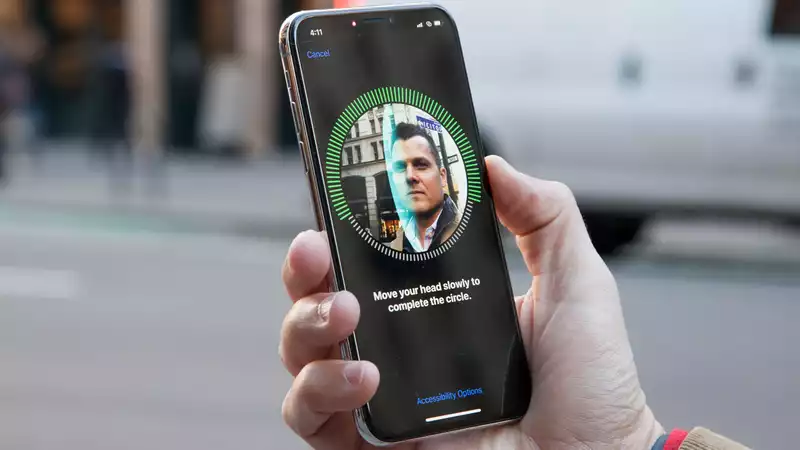With many government guidelines recommending that everyone wear a face mask to prevent the spread of the new coronavirus, some people are finding it difficult or downright impossible to unlock their smartphones using facial recognition technology such as Face ID on the iPhone
The best solution to this is to forgo facial recognition for the time being Instead, rely on passcodes
However, people are trying different ways to make Face ID work even when wearing a mask, with varying degrees of success
Here is everything you need to know about using Face ID and face unlocking with a medical mask
For the most part, it's fine, but it's complicated: Face ID is very secure because it relies on much more than a basic snapshot of the face
Each time you unlock your iPhone with facial recognition, the device's TrueDepth camera casts a three-dimensional mesh of tens of thousands of infrared dots across your face The data detected is matched against the facial data collected when you first enrolled in Face ID
Depth is a key component of Face ID, so unlike the rudimentary face unlocking technology in other devices, the system cannot be fooled by a two-dimensional image Masking eliminates the ability of the TrueDepth camera to measure facial contours under the eyes
And you cannot get around this by registering for Face ID while wearing a mask The system is designed to look for the mouth and chin, and if it fails to detect them or considers them disturbed, it simply doesn't care; Google's facial recognition technology on the Pixel 4 and Pixel 4 XL works in exactly the same way
Tencent researchers presented a technique that allows users to enroll in Face ID again while covering the lower half of one side of their face with a piece of a mask
Some users have reported a little success with this method, but it is far from foolproof; some users have had to register the other side of their face with iOS as "another look" to get good results
It is important to consider how this hack works, but you can try this yourself if you like In short, it increases the likelihood that the iPhone will register false positives for convenience You are also tricking the device into working with less than half the information normally required for secure authentication
In other words, using such a method would certainly make the device less secure and more likely to grant access to the wrong person This is the main thing that facial recognition should prevent And if, like most people, you still cannot get into your phone after trying to cheat, you will eventually have no choice but to enter a passcode
Ultimately, our recommendation is to work through this by using a PIN number or password when you are out This is both to avoid having to deal with the frustration of Face ID failures, and also to resist the instinctive urge to pull down the face mask to authenticate, as touching the face is a major contraindication
To turn off Face ID, go into the iPhone settings, scroll down and tap on "Face ID and Passcode" At the top, there is a toggle that says Use Face ID to unlock iPhone
Turn this off (in addition to any other use cases you like) and you're back to using the old-fashioned passcode When you get home or want to use Face ID again, simply turn this feature back on again
This is an interesting question that highlights the difference between the way the iPhone and Pixels offer facial recognition and the less secure methods used by almost every other smartphone manufacturer
The majority of Android phones, from Samsung's new Galaxy S20 to older Galaxy devices, OnePlus, Motorola, LG, and others, use a version of face unlocking that uses only a still image of the face taken with a selfie camera
Because these devices rely on photos, they can be easily fooled and cannot authenticate payments like Face ID On the flip side, their lack of security makes them perfectly suited for the dilemma we are all now in
I was able to re-register the facial data on my Samsung Galaxy S20 Plus while wearing the face mask and unlock the device As you can see, once the mask is removed, the authentication stops working
Now, not all Android phones with such rudimentary face unlocking still do it exactly the same way, so it is very possible that what works on my Galaxy S20 will not work on devices from other manufacturers Regardless, if you own a phone that is not the latest iPhone or Pixel 4, it's worth a try










Comments